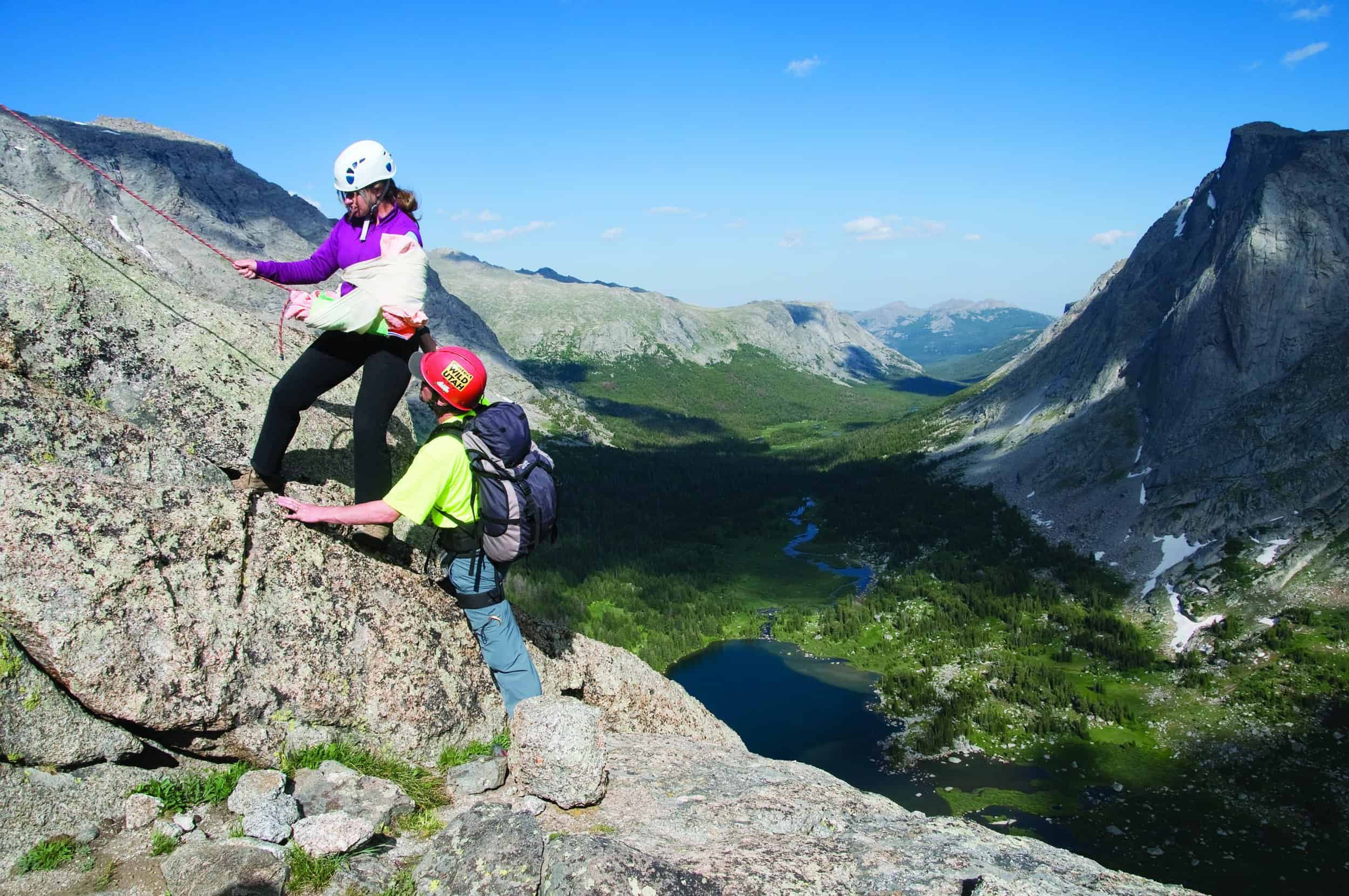Read The
Current Issue
PHOTO BY BRADLY J. BONER
Of course we don’t want to get ill or injured in the backcountry, but sometimes accidents (and blisters) happen.
// By lila Edythe
The pain in my left knee came out of nowhere. I hadn’t twisted my knee or taken a weird step. Jogging down Cascade Canyon in Grand Teton National Park, I tried to ignore it at first. That was only possible for about ten minutes. Then the pain graduated to sharp and stabby, and, if I didn’t step just right, it occasionally took my breath away. There was no way to wrap the Ace bandage from our small first aid kit (FAK) around my knee that alleviated the stabbiness.
Usually the trail from Jenny Lake to Lake Solitude is well trafficked, but, because we had wanted to avoid crowds, we had started on our run in the late afternoon. By the time it felt like an ice pick was being repeatedly jabbed into my knee, it was dusk and we were the only ones on the trail. But we had headlamps and plenty of clothing, food, and water. Limping down the canyon using my friend’s shoulder for support wasn’t fun, but a couple of hours later, we made it to the car without being cold, dehydrated, or hungry.
Some of the things that make a hike or mountain bike ride in the backcountry appealing—the quiet, getting away from other people, the absence of technology—also make it more difficult to obtain help if you get injured. When going out on a day adventure in the mountains, you need to carry everything you think you’ll need with you. “On a basic level, everyone heading into the backcountry should have food, water, layers, and an understanding and awareness of the environmental and weather conditions,” says Jake Urban, the founder the Jackson Hole Outdoor Leadership Institute (JHOLI). “These are the most important things you need to take care of yourself, and if you can provide self-care, you’re less likely to get injured, or, if you do, these can keep the situation from escalating.” Having these things didn’t prevent the meniscus in my knee from partially tearing (I got an MRI the next day), but they did allow my knee to remain our only issue.
“The best offense is a good defense,” says National Outdoor Leadership School (NOLS) wilderness medical instructor and field instructor Kate Sirianni about backcountry first aid. “There’s a lot you can do ahead of time to prepare and lower the chances that something will go wrong if you’re out hiking or biking, but you’ve also got to be prepared to go on offense.” Read on for tips from local pros on how to prepare for an epic day hike or mountain bike ride, and how to deal with some of the most common things that might go wrong.
Deal With It
These are the most common things that go wrong and how to handle them.
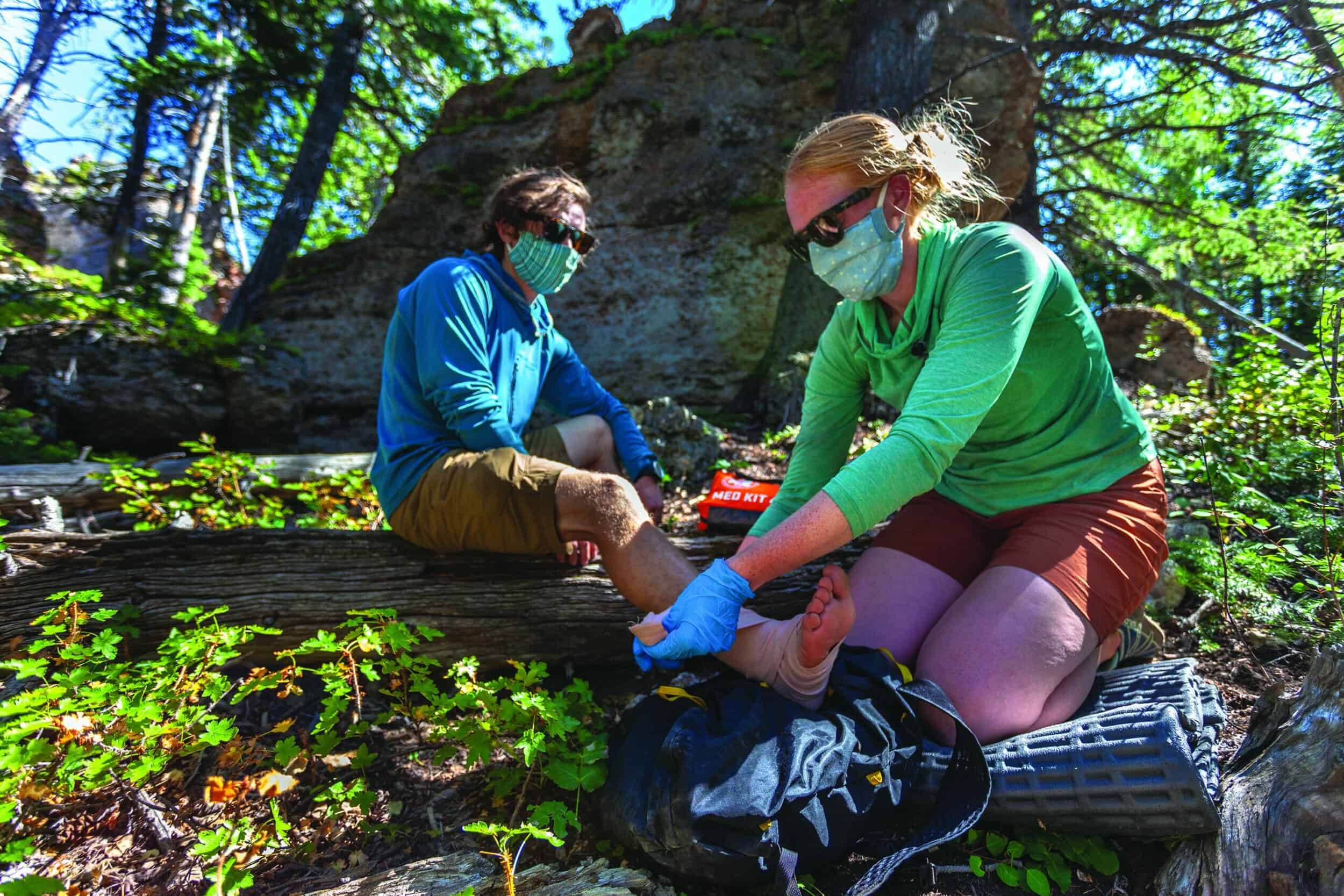
Blisters
Blisters are the most common problem Sirianni has seen on NOLS courses she’s led. “So many blisters,” she says. “Mostly on the feet, but I’ve seen people aggressively using hiking poles get them on the palms of their hands.” The best way to treat a blister is to stop it from forming in the first place. “As soon as you feel a hot spot, stop. It is so much easier to treat at that stage. More often than not, if you let a blister form, it will tear open on its own, and then you have an open wound in a dirty boot,” Sirianni says. A Band-Aid or piece of duct tape should be enough to reduce the friction on a hot spot. If you don’t catch it in hot spot stage, Sirianni says you don’t need fancy blister products, but they do work. NOLS often uses KT tape—a flexible, elastic tape that, unlike duct tape, is made for human skin and is hypoallergenic.
Altitude Sickness
Altitude illness comprises three distinct entities: acute mountain sickness (AMS), high altitude pulmonary edema (HAPE), and high altitude cerebral edema (HACE). “I’ve never seen HACE here in Jackson, but we seem to get a case of HAPE every couple of years,” says AJ Wheeler, M.D., who works in the Emergency Room at St. John’s Health and is the medical advisor for Teton County Search and Rescue (TCSAR). “HAPE most often happens at higher altitudes, above 9,000 or 10,000 feet. But AMS happens here.” AMS presents with a headache, and sometimes also nausea and insomnia. The best way to treat it is with ibuprofen and rest. “Acclimatizing is what’s most important,” Wheeler says. “People who ignore the initial symptoms of AMS are more at risk of developing HAPE or HACE.” Sirianni says it’s a good idea for those who live at sea level traveling to altitude to build a couple of extra days into their trip to acclimatize on the front end before engaging in physical activity. If that’s not possible, she recommends taking it easy your first couple of days at altitude.
Sprained Ankle
“If the person can bear weight and ambulate without limping significantly, move down the trail slowly,” Dr. Wheeler says. “If the person can’t bear weight, you’ll have to splint the extremity. You can fabricate a splint out of a stick or a hiking pole, but a SAM splint is one of the few very specific pieces of gear people in the backcountry should carry.”
Dehydration
“This is one of the things that you can prevent from happening in the first place,” Sirianni says. “If I know I’m going on a big day hike tomorrow, I’m going to start drinking today so I go into my hike well hydrated.” How do you know if you’re adequately hydrated? Look at the color of your urine. “You don’t need it to look like water, but it should look fairly diluted,” says Dr. Wheeler.
Scrapes and Cuts
“Scrapes and cuts are really where first aid kits can come in handy,” Sirianni says. At a minimum, you want to cover up any cut or scrape. “If you carry a first aid kit with an irrigation syringe in it, definitely use that to clean the wound,” she says.
The App: BackcountrySOS
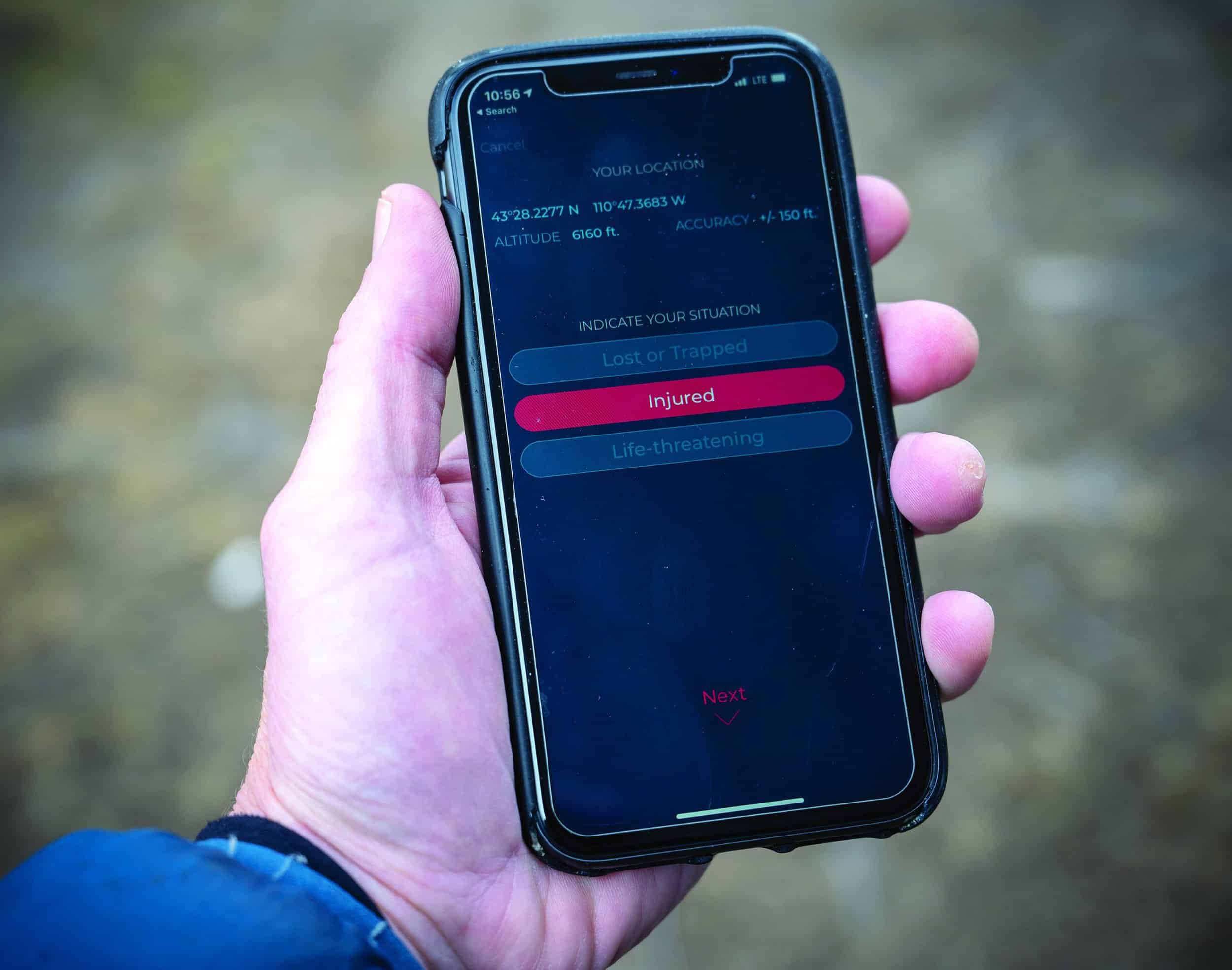
“Scrapes and cuts are really where first aid kits can come in handy,” Sirianni says. At a minimum, you want to cover up any cut or scrape. “If you carry a first aid kit with an irrigation syringe in it, definitely use that to clean the wound,” she says.
The free app BackcountrySOS, which was developed for Teton County Search and Rescue, quickly sends your location to emergency responders. The app works wherever text-to-911 service is available, uses very little of your smartphone’s power, and requires minimal signal strength (if you’re somewhere you can send a text, youcan request help via BackcountrySOS). Available for Apple and Android phones; backcountrysos.com
First Aid Kits
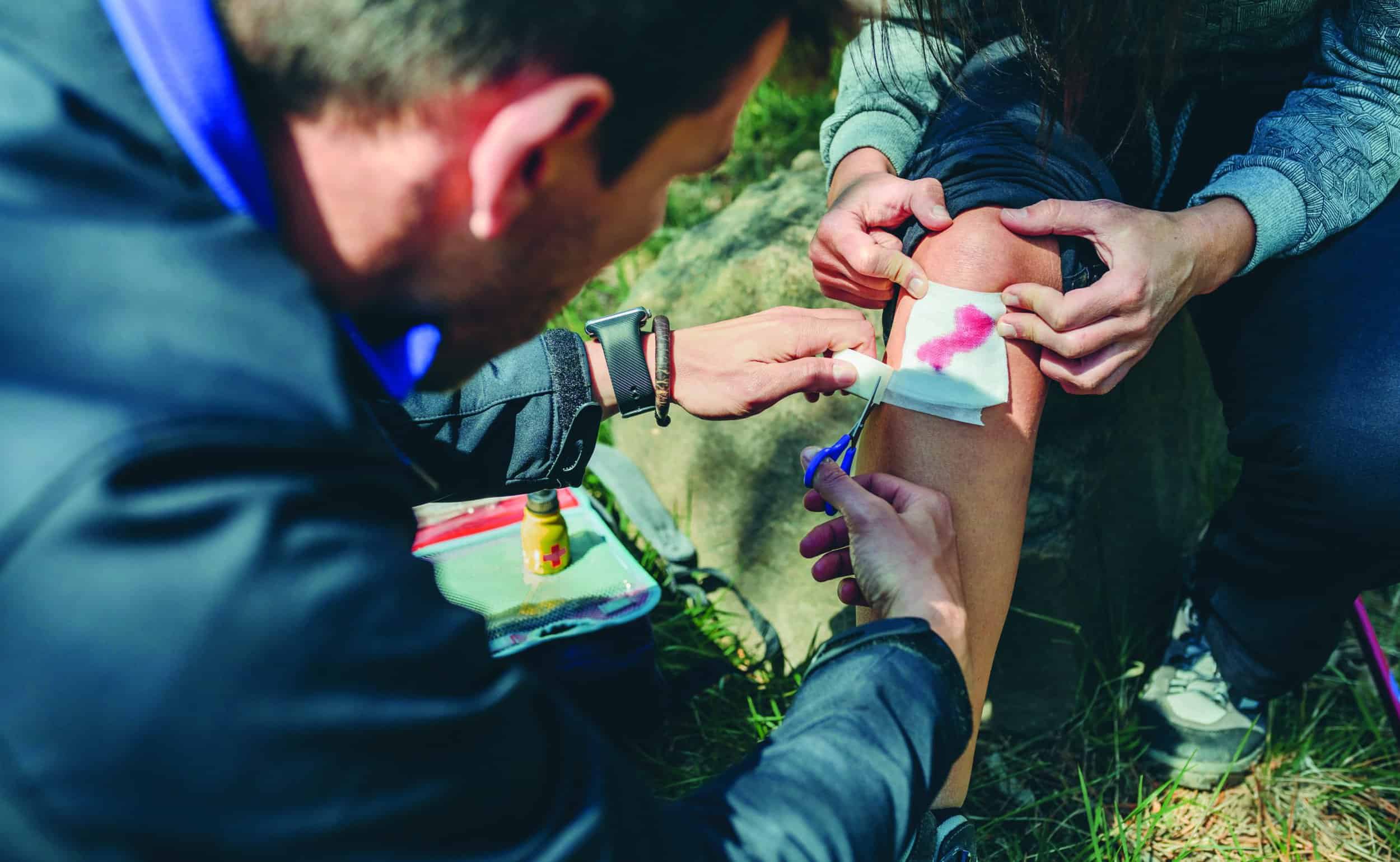
The most useful first aid kit (FAK) is the one you have with you. If you’ve got a huge kit but never carry it or one kit that you juggle between packs and might forget to grab as you head out the door, it does you no good,” says TCSAR’s Wheeler, who has several different FAKs: a biking/hiking one with ibuprofen and Band-Aids; a larger one with more bandaging materials and pain meds for full-day mountain adventures; and a kit that allows him to take care of several people, which he brings when backpacking. Wheeler makes his own FAKs. “It definitely takes some effort to put together your own. I’m not against commercial first aid kits, but you shouldn’t just buy one and assume that everything you want is in there or of the quality that you want,” he says. “Make sure to go through it. Take out what you don’t need and put the things you think you’ll use the most in prominent spots.” Once you’ve got your FAK the way it will best work for you, go into it once a year and go through everything. “Bandages can get gross after they’ve been in your pack for a year,” he says.
So what should be in your FAK? “The FAK you take with you should include the things you know how to use,” says NOLS’s Sirianni. “Any tool is only as useful as your knowledge of how to use it. The act of carrying a first aid kit isn’t what keeps you safe.” She says its good for day hikers and bikers to know how to deal with and have the supplies for treating blisters and small wounds like a knee or elbow scrape. “So, small bandages, Band-Aids, maybe some tweezers, an irrigation syringe to clean a wound. An Ace wrap or athletic tape can support a rolled ankle or twisted knee. And you always want to have a pair or two of gloves and a pen and paper to take notes,” she says. Even if you feel like you’ve got your wilderness first aid skills dialed, it’s a good idea to carry NOLS’s Wilderness Medicine Pocket Guide, too. It’s lightweight, waterproof, and fits in most small FAK sacks.
Educate Yourself
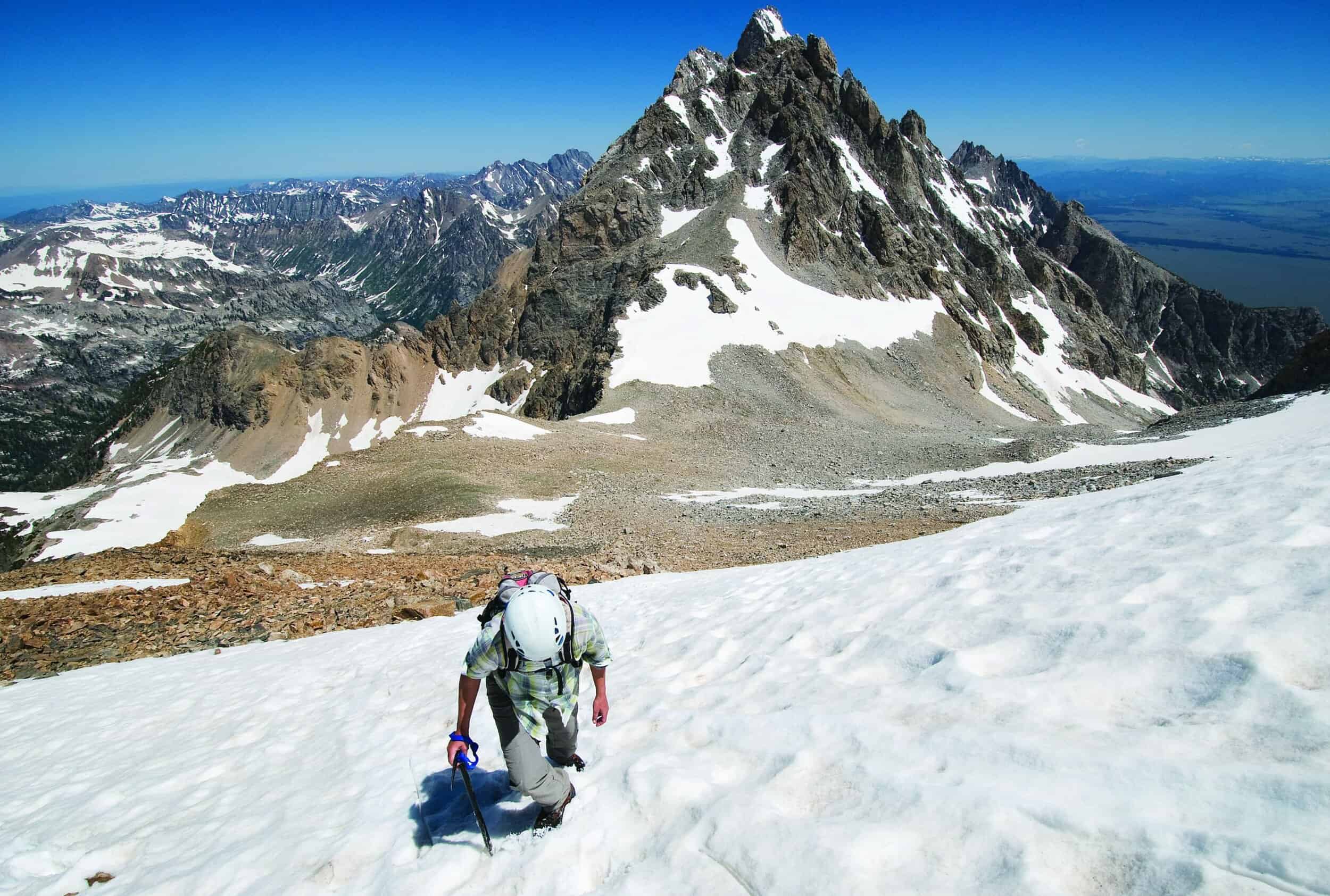
Sixteen-hour Wilderness First Aid (WFA) courses are available across the country. NOLS has partnered with REI to offer them in its stores. (You can also take a WFA course directly through NOLS and also through local independent wilderness-medicine groups.) “This is a great course for folks venturing out for day hikes,” Sirianni says. “It is a short introduction to wilderness medicine, but the main thing it does is help you assess a problem that arises and make appropriate decisions: Is this something you can treat and continue? Do you need to head out and treat this in the frontcountry, or is this something so far out of your scope you need to call for help?”
A significantly more in-depth course is Wilderness First Responder (WFR). Most professional guides, trip leaders, and search-and-rescue team members are trained to this level. At the end of this eighty-hour course, you’ll know how to conduct a physical exam, assess vital signs, and provide emergency care in the backcountry, among other things.
And then there’s what you learn from recreating in the backcountry. “The best way to get good at the medical stuff is to go and do the activity,” says JHOLI’s Urban. “The more experience you have with an activity, the better prepared you are for an incident when it occurs. You better understand all of the different dynamics at play, from the environment to the weather and your physical limitations.”
The Rescue: As told by Hannah Bruch
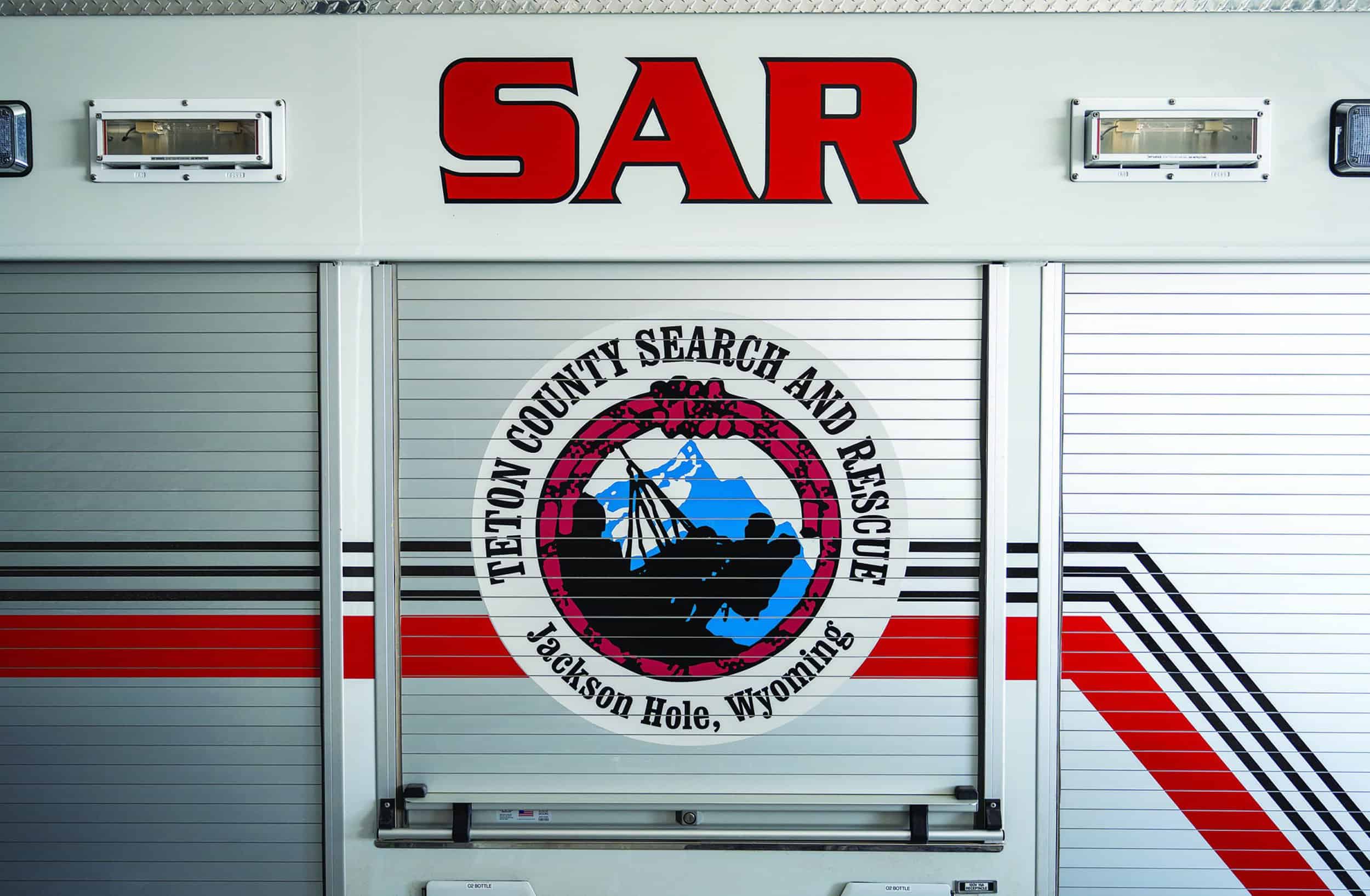
I’ve always been active outdoors and growing up on the East Coast had the idea of moving out West to the mountains. The summer of 2019, I finally made my way out to Denver. I had a full-time job and was mostly a weekend warrior, but when I could, I hiked and ran in the mountains. Last spring I started mountain biking—at first borrowing my friend’s bike to ride around in Colorado and Utah. Over Memorial Day weekend, I went all in and bought my own. I enjoy learning new sports and pushing myself physically. Last spring I also started dating Stu (Stuart Schiff), who lived in Jackson, so I started making the trek up regularly. I love the trails here.
I stopped visiting Jackson Hole and moved here myself this past March, but last Labor Day I was still living in Denver. Since I had that Monday off, I came up to spend the long weekend with Stu. I got in Thursday night. Friday we rode Ferrins and did some hiking. Saturday we went horseback riding in Grand Teton National Park. After getting home, we decided to take the dogs and do a sunset ride on the Phillips Canyon trail. I’d ridden it twice before but hadn’t yet ridden all three of its log bridges. I’d ridden the first and second bridges, and this time my goal was to ride all three.
Approaching the log bridge, which is between twelve and eighteen inches wide and about twenty feet long, I made up my mind to go for it, but I didn’t have my balance coming off the turn and fell right away. It wasn’t that far of a fall—maybe five or six feet—but I landed on my hip on a stump in the creek. At first I didn’t realize the severity of the injury and wanted to sit for a few minutes and “ice” my hip in the cold creek. However, Stu, rightfully, didn’t think that was a good idea. To make sure that we had one set of dry clothes between us, Stu took off his shoes and socks before walking into the creek to help me up. I had tried to stand and wasn’t able to, but, with Stu’s help, I was able to get onto the bridge and then solid ground.
At this point, we weren’t thinking about Teton County Search and Rescue (TCSAR). Even though we were four miles from the trailhead—about as far as you ever are from a road on that trail—we were thinking we could get out with me sitting on the bike and Stu pushing it. Doing this, we covered about one mile in an hour. But by then the sun had gone down, I was shivering, and we didn’t have any more clothing to put on. Because Stu had just been on a dirt bike trip, his headlamp was in a different pack, as was the PLB (personal locator beacon) he usually carries. Even if we had been thinking about TCSAR then, we were on a section of the trail that didn’t have cell service.
When we reached a spot where we did have cell phone service, we reassessed. I was getting colder, and we still had a couple miles and another bridge crossing to go. Stu called search and rescue. In less than an hour, Anthony Stevens, the team’s training director and a wilderness EMT, was with us. He had brought some of his own clothing for me to wear and also heat packs and hand and foot warmers. Being still—we settled in to wait for more team members and the wheeled litter—took the pain away, and I started to warm up. About an hour after Anthony arrived, I was packaged into the litter and the team started rolling and carrying it down the trail. I remember looking up at the starry sky and going through what my injury could be. I was really worried.
Now that I’m fully recovered—I had fractured my iliac wing, breaking completely through the right side of my pelvis—I don’t feel like I could have predicted this severe of an injury from falling off a log bridge at a fairly low height. But freak accidents happen. I do know that I am now more aware of the environments and situations in which I push myself. Is there cell phone service? Can transportation reach us? In February I was surfing in Nicaragua, and I definitely thought about where the nearest hospital was and how I’d get there if things went wrong. It is awesome to do these cool things in amazing, remote places, but it’s good to have an awareness of how things can unexpectedly go wrong and how the environment can make things easier or more difficult to get to help.
The Gear
“The tarp is a beautiful thing,” says JHOLI’s Urban. “It gives you the capacity to create shelter, it can trap heat, and you can use it to package a patient. And it’s lightweight. It’s one of the most helpful things in case you have an accident.” Local resident and former JHOLI student Gavin Hess founded Apocalypse Equipment, which makes two sizes of Guide Tarps. From $55; available at apocalypse-equipment.com
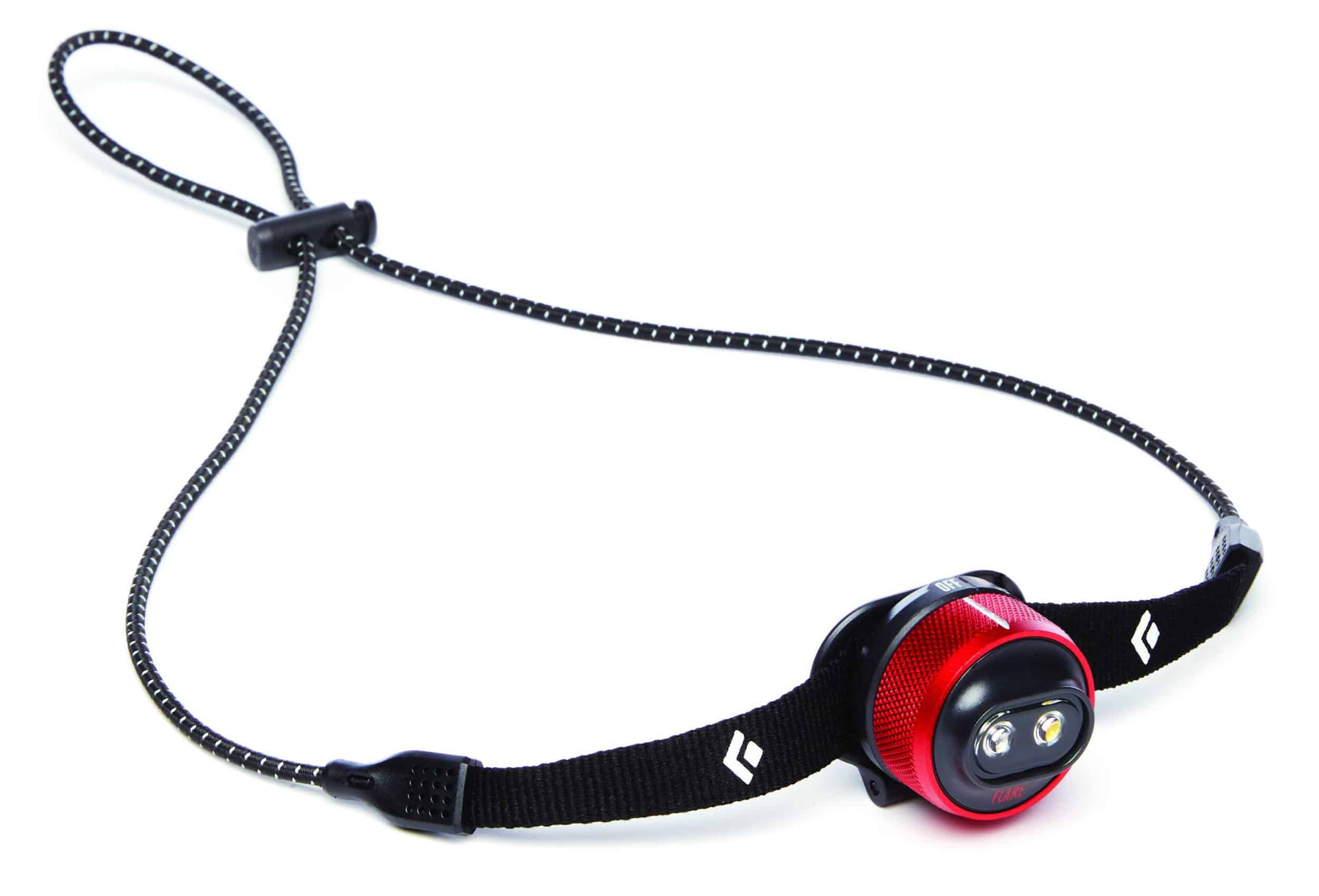
Always having a headlamp with you is no problem if it’s the new Black Diamond Flare. Super compact, simple, and submersible, this gumball-size headlamp throws out 40 lumens of light and, with two CR2032 batteries, weighs only one ounce, about as much as a pencil. $24.95; available at Teton Mountaineering (170 N. Cache St.)

Because you want to have more layers than you expect to wear, consider Ortovox’s new Piz Duan SWISSWOOL Jacket. Its natural fibers are lightweight and don’t take up much space in your pack, but if you need it, it’s warm, breathable, stretchy, and wind- and water-repellent. $290, available at Hoback Sports (520 W. Broadway Ave.)
“Food is one of the most basic things for you to have with you,” Urban says. Readywise makes freeze-dried fruits and vegetables you can keep in your pack until you need them. The ginger beets, buttered broccoli, and peaches are favs. Six packs from $26.99; available at readywise.com
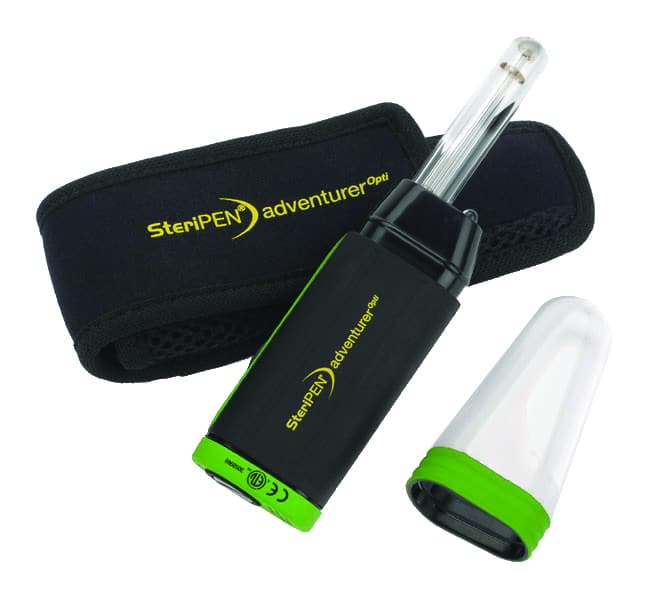
Whether you have an emergency or not, you want to be able to purify water while in the backcountry. Using two CR123 batteries, the Katadyn Steripen Adventurer Opti can purify 8,000 liters of water with its UV lamp. $99.95; available at backcountry.com
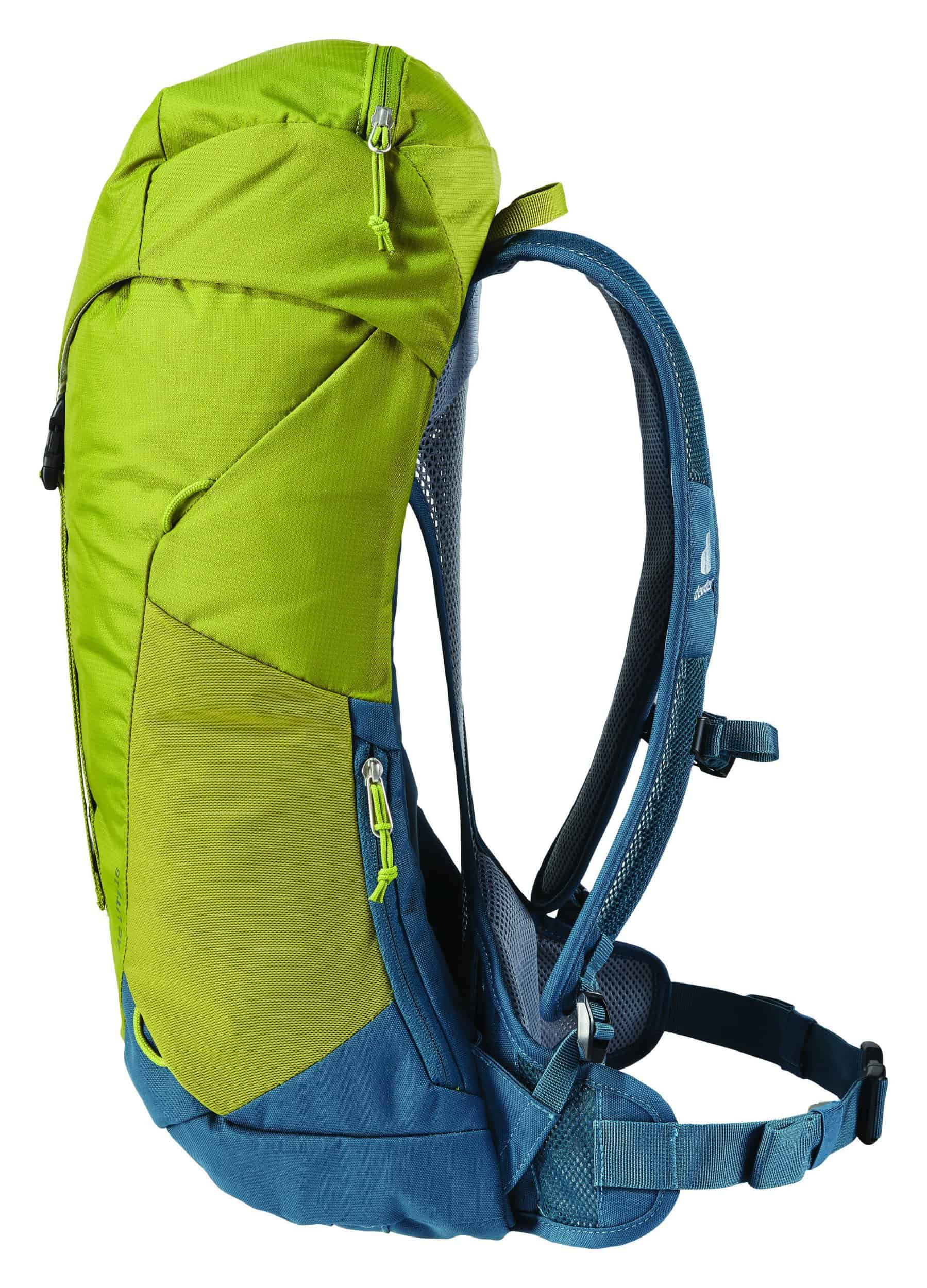
Deuter’s new AC Lite pack is compatible with hydration bladders and features exterior loops to carry trekking poles, a breathable mesh back with a spring steel frame, a water- and dirt-repellent finish, and, printed on the underside of the top pocket, basic instructions for dealing with a first aid emergency. From $95, available at deuter.com/us-en JH

